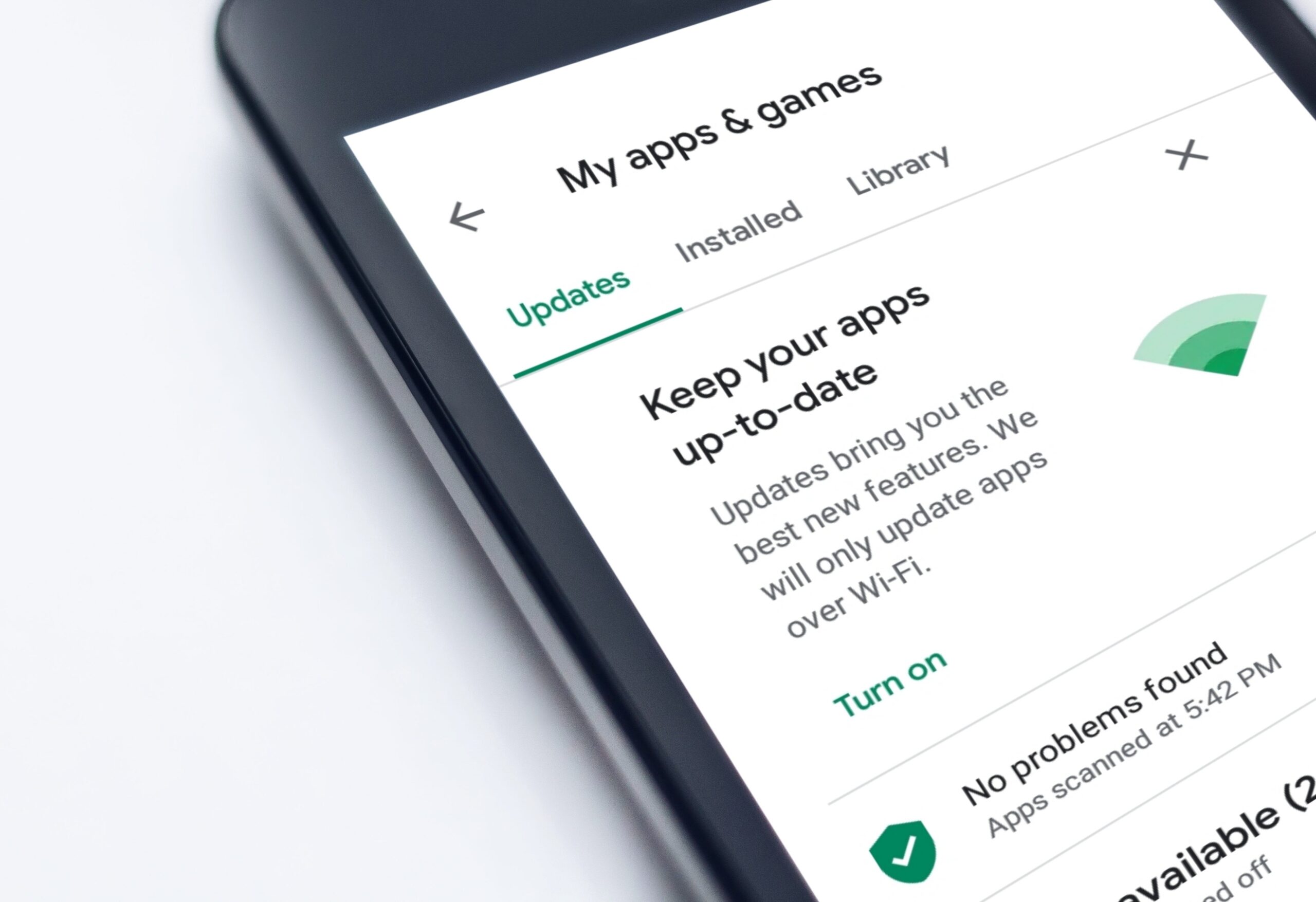Holyrood seeks to appoint security analyst to help create tool that will scan social networks
Credit: PublicDomainPictures/Pixabay
The Scottish Parliament is to create a digital service to detect and monitor online threats made against its elected members.
The implementation of a social media-monitoring tool will be supported by a specialist information security analyst – a newly created position that is currently being recruited for. The successful applicant, who will earn up to £37,000 a year, will be appointed to a fixed-term two-year contract, covering the creation of the threat-tracking system, a trial period, and a subsequent “evaluation of its effectiveness”.
Scotland’s MSPs will have the choice of whether or not to opt in to the service – which will only track threats against those that do so. These will then be passed on to the police, where necessary.
The Scottish Parliament said that the monitoring tool is being created as it is “acutely aware of the rising level of online abuse and intimidation towards elected representatives”.
Related content
- The coronavirus ‘infodemic’: truth and conspiracy online
- Government urged to bring in emergency legislation to combat vaccine disinformation
- ‘Not appropriate’ to comment on volume of disinformation flagged by government unit, minister says
In the job advert for the security analyst post, it added: “You will be responsible for using the chosen platform to scan for threats. You will create daily reports, highlighting any potential concerns and engaging with relevant stakeholders recommending actions to be taken. You’ll be the point of contact for service users by offering an effective client-management service and play an active role in the members’ staff security engagement network. You’ll also build and maintain effective relationships with members, members’ staff, the parliament’s web and social media team, and the Parliament Police Unit.”
Applications for the position are open until midnight on 19 October. The chosen candidate will join the Scottish Parliament Corporate Body, which oversees the operations and administration of Holyrood. The analyst role sits within the body’s Security Office, which is “responsible for protecting the parliament building, passholders and visitors and preventing disruptions to parliamentary proceedings”.
In December last year, PublicTechnology exclusively reported that the UK government had spent £700,000 on a software platform intended to detect and report online death threats made against “named high-profile individuals involved in the Covid-19 vaccine rollout”.
The individuals in question were not named, but the investment was made following numerous reports of violent social-media threats made against ministers and senior officials – including Patrick Vallance and Chris Whitty, government’s most prominent medical expert spokespeople throughout the pandemic. A man was also convicted of assaulting Whitty in a central London park in summer 2021.



